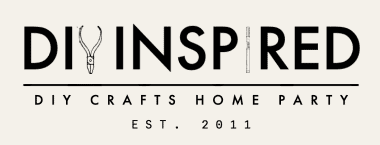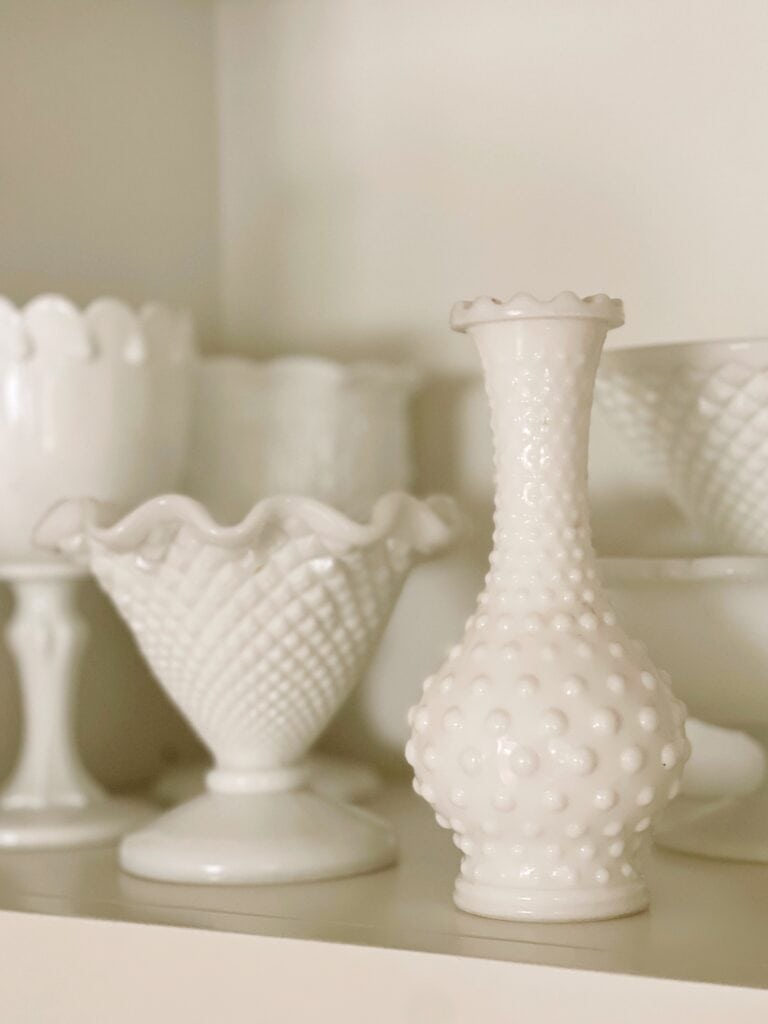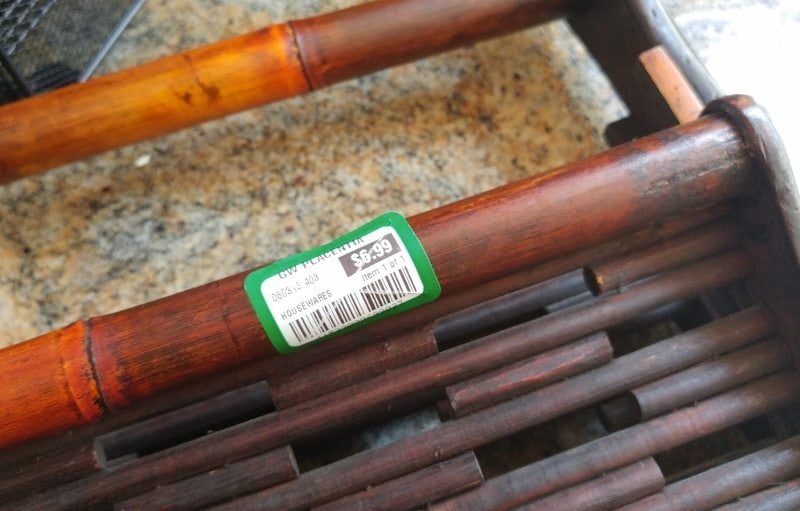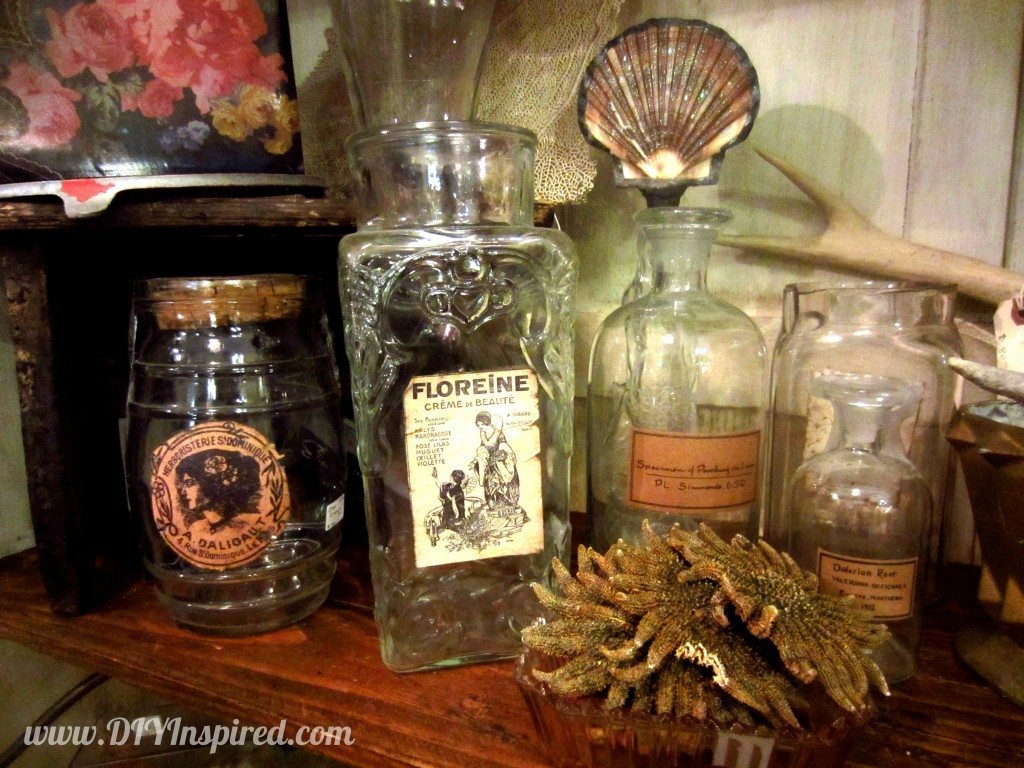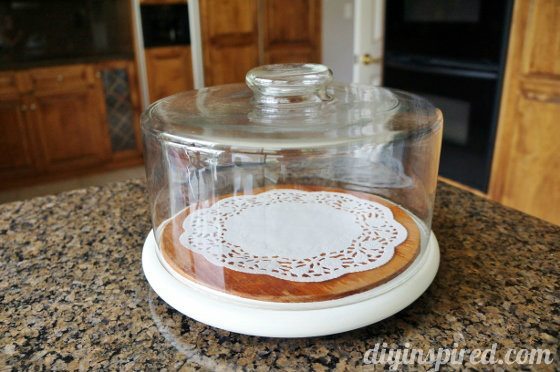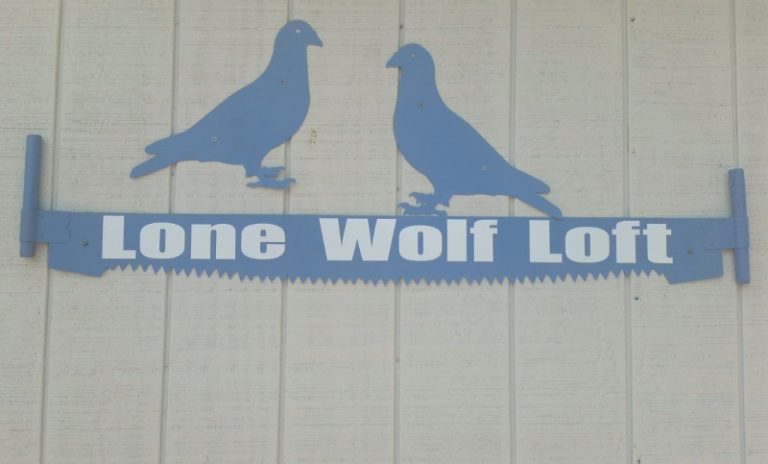Buying and Reselling Thrifted Goods
A Guide to Buying and Reselling Thrifted Goods
Buying and reselling thrifted goods can be a profitable and sustainable business venture. It combines the thrill of finding unique treasures with the potential to make a good profit. Here’s a step-by-step guide to help you get started:
Understand the Market
Before you start buying and reselling thrifted goods, it’s important to understand the market you’re entering. Here’s how to do that:
- Research Trends: Follow current trends in fashion, home decor, vintage items, and collectibles. Check popular reselling platforms like eBay, Poshmark, Etsy, and Depop to see which items are selling well.
- Know Your Niche: Thrifted goods cover a broad range of items, including clothing, furniture, books, artwork, jewelry, and more. Decide whether you want to specialize in a specific category (e.g., vintage clothing, retro home decor, antiques) or offer a mix of items.
- Study Resale Platforms: Learn about different resale platforms like eBay, Mercari, Poshmark, Depop, Etsy, Facebook Marketplace, or even brick-and-mortar stores like consignment shops. Some platforms are more suited for clothing, while others are better for furniture or collectibles.
Sourcing Thrifted Goods
Finding the right items is key to your success as a reseller. Here are the best places to source thrifted goods:
- Thrift Stores: Visit local thrift shops like Goodwill, Salvation Army, and other secondhand stores. They’re typically a great source for clothing, shoes, accessories, and home decor.
- Estate Sales: Estate sales can be a goldmine for vintage furniture, antiques, artwork, and collectibles. Use estate sale websites or local listings to find sales in your area.
- Flea Markets: Flea markets often feature vendors selling a wide range of secondhand goods. Take the time to negotiate prices and look for items that could be flipped for a profit.
- Garage Sales: Check out local garage sales for hidden treasures. Sometimes people sell valuable items for a fraction of their worth just to get rid of them quickly.
- Online Thrift Stores: Platforms like ThredUp, Depop, and Mercari offer secondhand clothing and accessories. You can buy items in bulk or select specific brands that have a good resale value.
What to Look for When Thrifting
Not all thrifted items are worth reselling. Here are some things to consider when sourcing goods:
- Brand Name: Popular brands or designer items tend to resell better. Look for items from well-known labels, especially those with a cult following, like Levi’s, Patagonia, Coach, or vintage Disney.
- Condition: Items in good condition with minimal wear will sell better. If an item needs a little TLC, like cleaning or minor repairs, factor that into your pricing and resale strategy.
- Uniqueness: One-of-a-kind, rare, or unusual items often do well in the resale market. This could include vintage furniture, quirky decor, or limited-edition items.
- Style: Timeless styles like mid-century modern furniture, vintage clothing, and retro decor tend to have staying power and are sought after by collectors.
- Popularity: Check the current market demand. Look for items that are trending, have a consistent buyer demand, or could be desirable to specific niche audiences.
Assessing Value
You want to be sure you’re not overspending when purchasing thrifted items. Here’s how to assess their resale potential:
- Check Resale Prices: Use platforms like eBay, Poshmark, or Etsy to research what similar items are selling for. Look for completed listings or sold prices to get an accurate idea of value.
- Condition & Repairs: Estimate how much work you might need to put into an item before it’s resale-ready. Don’t overlook items that may need some cleaning or minor repairs—these can often be flipped for a higher price.
- Negotiate: Many thrift stores, garage sales, estate sales, and flea market vendors are open to negotiation. Don’t hesitate to offer a lower price, especially if you buy in bulk.
Price Your Items
Pricing your thrifted goods is crucial to making a profit. Here’s how to price your items for resale:
- Market Research: Compare similar items to see how much they’re being sold for on different platforms. Price your item competitively, but don’t undervalue it.
- Condition & Rarity: If the item is in excellent condition or rare, you can price it higher. Conversely, if it’s in need of repair or has some wear, price it lower to reflect that.
- Shipping & Fees: If you sell online, factor in shipping costs and platform fees (e.g., eBay charges a percentage of the sale price). You can either include shipping in your price or charge it separately, but be transparent with your buyers.
Platforms for Reselling
Choosing the right platform is essential for reselling thrifted goods. Here are some of the best platforms for different types of items:
- eBay: Great for vintage, collectibles, antiques, and niche items. Auctions work well for high-demand or unique items, while fixed-price listings are good for steady sales.
- Poshmark: Best for clothing, shoes, and accessories. It’s easy to use and has a social aspect, where you can share your listings to get more visibility.
- Etsy: Ideal for handmade, vintage (20+ years old), and unique items. Etsy is especially good for custom or artistic items, including jewelry, decor, and craft supplies.
- Depop: Popular with younger buyers and sellers, especially for fashion, sneakers, and trendy items. It’s visually driven, so good photos are essential.
- Facebook Marketplace: A great option for local reselling of furniture, home goods, or large items like appliances. No shipping required for local sales, and you can negotiate directly with buyers.
- Mercari: Suitable for a wide range of items, from clothing to electronics and home goods. Mercari offers both auction and fixed-price listings.
Take Great Photos
The way you present your items online is crucial for attracting buyers. Here are some tips for taking high-quality photos:
- Natural Lighting: Take photos in well-lit areas, preferably with natural light. Avoid harsh shadows and dark, low-light environments.
- Multiple Angles: Show your item from several angles, including close-ups of any tags, logos, or details. Be transparent about any wear or imperfections.
- Simple Background: Use a clean, uncluttered background to help the item stand out. A neutral background (like a white wall or solid-colored sheet) is ideal.
- Size and Measurements: If you’re selling clothing or furniture, include measurements so buyers know exactly what they’re getting.
Customer Service & Shipping
Providing excellent customer service and reliable shipping is key to building a positive reputation as a reseller:
- Be Responsive: Answer any questions or inquiries from potential buyers promptly. If something goes wrong with an order, be professional and offer solutions.
- Fast Shipping: Ship items quickly to maintain a good rating. Use tracking numbers and reliable packaging to ensure safe delivery.
- Packaging: For fragile items, use bubble wrap or other protective materials to prevent damage. Consider eco-friendly packing options to appeal to environmentally-conscious buyers.
Scale Your Reselling Business
Once you’ve gained experience and are comfortable sourcing and reselling thrifted goods, you can scale your business by:
- Networking: Build relationships with local thrift stores, estate sale organizers, or other resellers to get exclusive access to inventory.
- Diversifying: Consider expanding into different categories, such as electronics, home goods, or collectibles, to attract a wider audience.
- Building a Brand: Create a brand identity for your reselling business. You can sell through social media platforms like Instagram to gain a following and attract repeat customers.
Stay Ethical
- Sustainable Reselling: Thrifted goods are inherently more sustainable than buying new, but remember to be mindful of the environmental impact. Avoid overconsumption and try to source items that will genuinely be appreciated by others.
- Fair Pricing: Don’t price-gouge. Be honest and transparent about the value of your items, especially if they have imperfections or need repairs.
By following these steps, you can start buying and reselling thrifted goods profitably. It requires some research, effort, and time, but with the right approach, it can become a rewarding and sustainable business.
